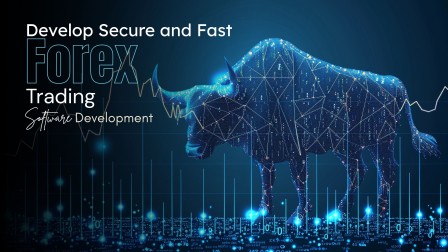
How to Develop Secure and Fast Forex Trading Software
Forex trading is very popular today. People all over the world use software to buy and sell currencies 24 hours a day, five days a week.










© 2024 Crivva - Business Promotion. All rights reserved.